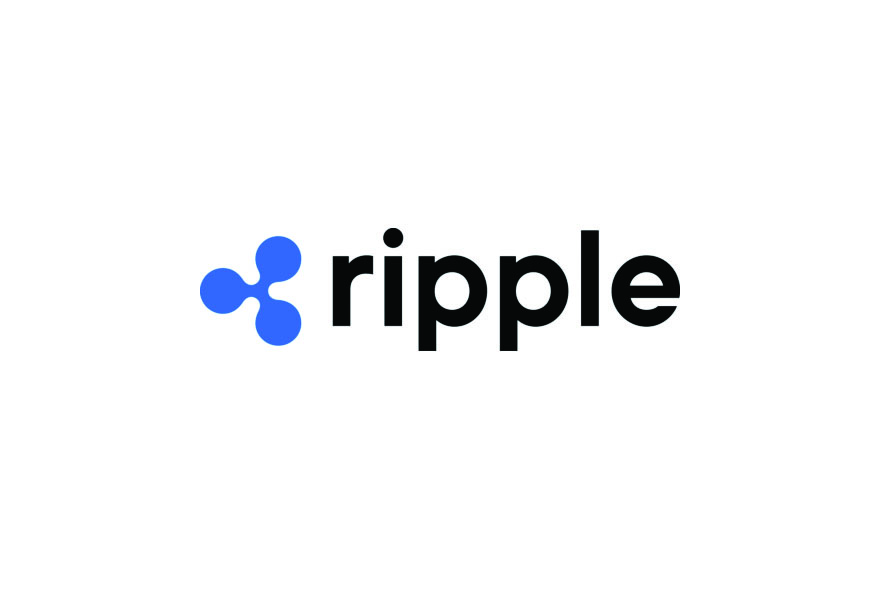Media, News & Insights
Recent News & Events
Press Release | November 2025
Ripple Announces $500 Million Strategic Investment Led by Fortress and Citadel Securities, Valuing the Company at $40 Billion Following Record GrowthPress Release | October 2025
Derby Lane Partners Launches with up to $1.8 Billion from Anchor Partners Including FortressPress Release | October 2025
Fortress Investment Group Announces Sale of Three Senior Housing AssetsPress Release | October 2025
Fortress Investment Group, U.S. Immigration Fund, Cirrus, and LCOR Announce Joint Ventures to Develop Brooklyn’s Pacific ParkPress Release | September 2025
Fortress Appoints Rob Brindley as Managing Director in European Client Product & Solutions GroupPress Release | September 2025
Foundry Commercial and Fortress Investment Group Announce Acquisition of RoseWood Village Assisted Living and Memory Care Communities in Charlottesville, VirginiaPress Release | September 2025
Fortress Appoints Shara Wallace to Lead Private Wealth Solutions Distribution for Central USAPress Release | July 2025
Fortress and Porter Airlines Announce Sale-Leaseback of Four Embraer E195-E2 AircraftPress Release | July 2025
Fortress commits $100k to support Texas communities with flood responsePress Release | July 2025
Fortress Announces Pricing of Second European CLO Transaction


